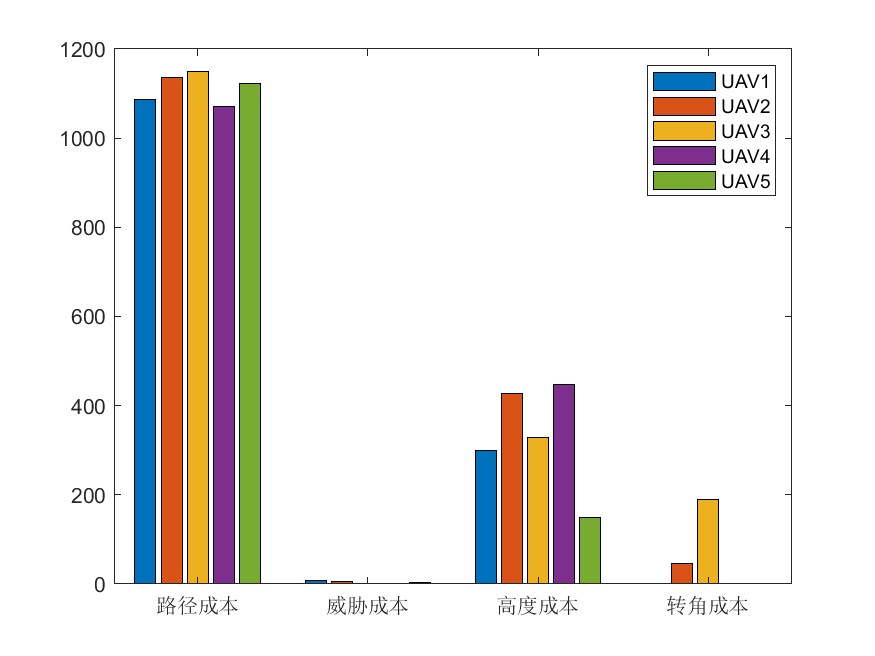其实理解一个注解就行了@SpringBootApplication,我们的启动类其实就加了这一个
但是这么答也不行,因为面试官要的答案肯定不止这一个
我们打开SpringBootApplication的源码,会发现上面加了一堆的注解

相对而言比较重要是下面三个,但是ComponentScan这个是SpringContext里本身带的并不是SpringBoot引入的,这个注解的作用是
扫描含有特定注解的类:@ComponentScan能够扫描指定包及其子包中所有使用@Component、@Service、@Repository、@Controller等注解的类,并将这些类实例化为Bean,注册到Spring容器中。这意味着开发者可以在需要的地方通过自动装配(如@Autowired)直接使用这些Bean,而无需手动创建。
扫描含有@Configuration的类:除了扫描注解Bean外,@ComponentScan还能扫描含有@Configuration的类,并使其配置生效。这允许开发者将配置类也纳入Spring容器的管理范围。我们再解释一下其他两个注解的作用
(1)SpringBootConfiguration注解
@SpringBootConfiguration的代码如下
@Target({ElementType.TYPE})
@Retention(RetentionPolicy.RUNTIME)
@Documented
@Configuration
@Indexed
public @interface SpringBootConfiguration {
@AliasFor(
annotation = Configuration.class
)
boolean proxyBeanMethods() default true;
}这个注解的其实主要的就是引入了一个Configuration的注解,SpringBoot启动类加SpringBootConfiguration这个的作用基本上等同于加了个@Configuration注解,表示当前SpringBoot的启动类也是一个配置类
(2)EnableAutoConfiguration注解
主要的代码逻辑如下
@Target(ElementType.TYPE)
@Retention(RetentionPolicy.RUNTIME)
@Documented
@Inherited
@AutoConfigurationPackage
@Import(AutoConfigurationImportSelector.class)
public @interface EnableAutoConfiguration {
/**
* Environment property that can be used to override when auto-configuration is
* enabled.
*/
String ENABLED_OVERRIDE_PROPERTY = "spring.boot.enableautoconfiguration";
/**
* Exclude specific auto-configuration classes such that they will never be applied.
* @return the classes to exclude
*/
Class<?>[] exclude() default {};
/**
* Exclude specific auto-configuration class names such that they will never be
* applied.
* @return the class names to exclude
* @since 1.3.0
*/
String[] excludeName() default {};
}我们重点看最后一个,它使用@Import注解导入了一个AutoConfigurationImportSelector.class
这个是SpringBoot实现自动配置的最重要的类,它用来加载classpath下spring.factories中所定义的自动配置类,将这些类自动加载为配置Bean
(3)ConditionalOnXXX系列注解
@ConditionalOn开头的注解在Spring Boot中非常常见,它们提供了一套丰富的条件化配置机制,允许开发者根据特定的条件来控制配置类或Bean的创建。这些注解基于@Conditional元注解实现,通过内部定义的Condition接口来判断条件是否满足
主要有以下几种:
1. @ConditionalOnBean
-
作用:当指定的Bean存在时,条件成立,将创建当前Bean或激活当前配置类。
2. @ConditionalOnMissingBean
-
作用:当指定的Bean不存在时,条件成立,将创建当前Bean或激活当前配置类。
3. @ConditionalOnClass
-
作用:当类路径上存在指定类时,条件成立,将激活当前配置类。
4. @ConditionalOnMissingClass
-
作用:当类路径上不存在指定类时,条件成立,将激活当前配置类。
5. @ConditionalOnProperty
-
作用:当指定的配置属性具有特定的值时,条件成立,将创建当前Bean或激活当前配置类。
6. @ConditionalOnExpression
-
作用:当指定的SpEL(Spring Expression Language)表达式的结果为true时,条件成立,将创建当前Bean或激活当前配置类。
这个其实一共应该有14种,其他的不太常用。



















